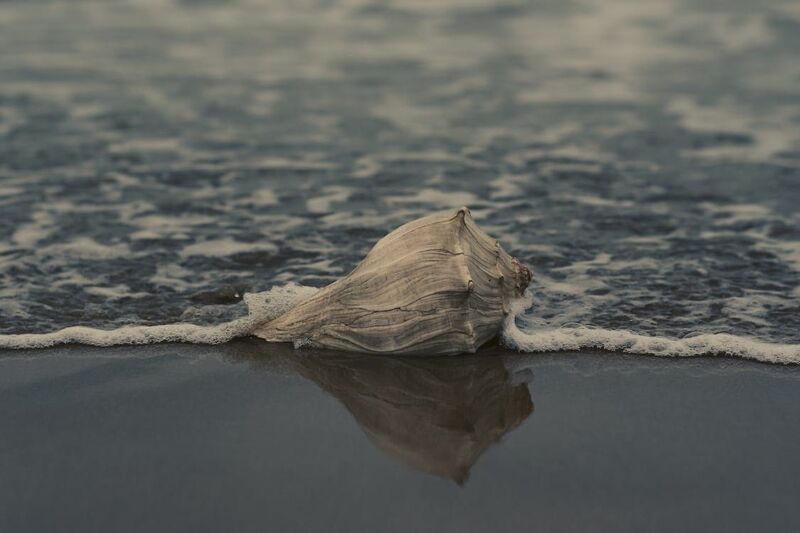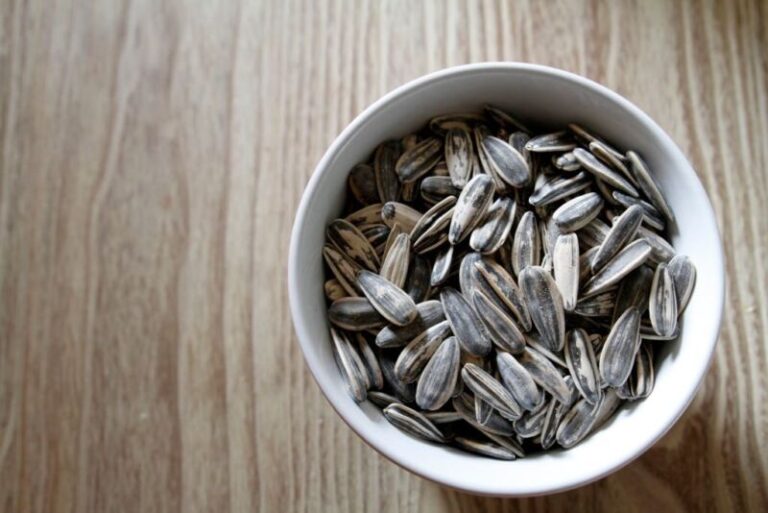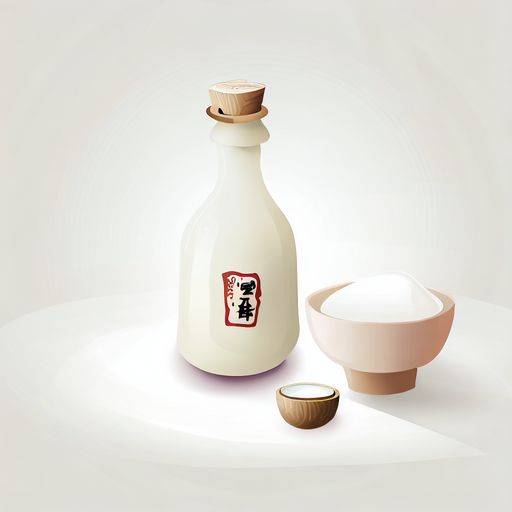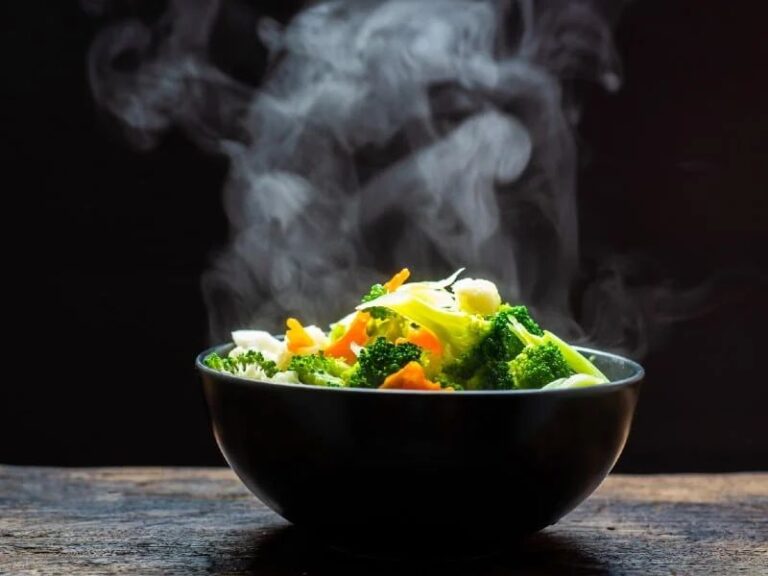What Does Conch Taste Like?
When I first saw conch on a restaurant menu during my trip to the Caribbean, I wasn’t quite sure what to expect. The name sounded exotic, and the description of the mollusk dish piqued my curiosity. As someone who loves diving into new culinary experiences, I decided to give conch a try. Upon my first bite, I was pleasantly surprised by the unique flavors and textures of this seafood staple. Now, conch has become one of my favorite foods from the ocean. If you’ve seen conch salads or conch fritters on a menu and wondered what does conch taste like, this guide will provide the answers.
An Introduction to Conch
The ocean contains a treasure trove of interesting creatures that are edible and nutritious. When we think seafood, the usual suspects like fish, shrimp, crab, and lobster come to mind. However, there is a wide variety of other animals from the sea that are eaten around the world. One such example is the conch.
Conch refers to a large snail species found in the warm coastal waters of the Caribbean Sea and the northwestern Atlantic Ocean. It belongs to the mollusk family which also includes clams, oysters, scallops, and mussels. The most common type eaten is the queen conch which has a large, spiral-shaped shell with a flared lip in shades of pink, orange, yellow or brown. Locals pronounced it as “konk” and the plural is “konks.”
What Is a Conch?
Now that you know the correct pronunciation, let’s look at some more details about this unique sea creature. Conchs live in shallow waters, buried in sand or seagrass. As they grow older, their shell keeps increasing in size. A fully mature queen conch shell can be up to 12 inches long and weigh around 5 pounds!
Fishermen harvest wild conch by hand from boats in the Caribbean. They are also farmed in some regions. Conch meat is eaten in many forms—raw, dried, fried or cooked. It features prominently in the local cuisines of the Caribbean islands where it is readily available. In Florida, queen conch harvesting is illegal due to concerns over declining populations. However, it is still imported from other places.
The Nutritional Content of Conch
So what does this exotic mollusk offer in terms of nutrition?
A 3-ounce serving of conch contains around 90 calories and 1-2 grams of fat. It is a good source of lean protein with about 16-20 grams per serving. Conch meat has omega-3 fatty acids that benefit heart health and vision. It also provides vitamins and minerals like Vitamin A, iron, magnesium, and phosphorus. Some even claim it can help alleviate migraines!
To enjoy these nutritional perks, it is important to remove the meat from the shell and clean it thoroughly before cooking. Now let’s get into the real question at hand:
What Does Conch Taste Like?
The taste and texture of conch depends greatly on how it is prepared. Conch meat has a mild, slightly sweet flavor with a hint of saltiness similar to clam or scallop. The texture is normally compared to calamari or abalone, quite rubbery and chewy. Overall, the distinctive taste combines elements of other shellfish like crab and shrimp with the firm consistency of octopus or squid.
When served raw in dishes like ceviche or sushi, the flavor of fresh conch shines through. I first tried it this way and enjoyed its mild ocean brininess without any fishy odor. The firm, almost crunchy texture is fun to chew. Conch sushi is especially popular in Japan, topped with a small strip of nori and dipped in soy sauce and wasabi.
Delicious Ways to Eat Conch
In the Caribbean, conch salads are ubiquitous—made by chopping the meat into small pieces and combining it with vegetables like bell pepper and onions, plus lime juice and spices. The salad highlights the natural sweetness of conch. Its rubbery texture becomes softer once marinated in the acidic citrus juice. I loved the addition of diced mango and avocado which provides tropical flavors.
Fried conch is another tasty way to enjoy this seafood. Conch fritters are basically fried conch dumplings or croquettes, with the meat mixed into a thick batter along with spices and herbs. The fried exterior is perfectly crispy, enclosing the soft interior. Tartar sauce enhances the flavors when dipped. Pan-fried conch strips also make great appetizers or tacos.
For cooked conch entrees, I recommend tenderizing the meat first by pounding it with a mallet or marinating it in an acidic sauce. Slow cooking methods like stewing produce succulent conch that practically melts in your mouth. Curried conch is a popular Caribbean dish, simmered in a creamy curry sauce with vegetables. I also enjoyed linguine with white wine and garlic butter sauce made extra decadent with conch meat.
Tips for Cooking with Conch
If you want to cook conch at home, here are some useful tips:
- Rinse the meat well and pound it before cooking to soften the texture
- Marinate it in lemon or lime juice for 30 minutes up to overnight
- Slice the conch thinly across the grain for easier chewing
- Cook using moist heat methods like soup, stew or braise
- Avoid overcooking as it can become rubbery
- Add sauce with lemon zest or spices to boost the mild flavor
Conch Salad Recipe
To get you started, here is an easy recipe for making your own delicious conch salad:
Ingredients:
- 1 lb conch meat, cleaned and chopped
- 1 bell pepper, diced
- 1/2 onion, finely chopped
- 2 tomatoes, seeded and diced
- 1 avocado, cubed
- 3 Tbsp fresh lime juice
- 2 Tbsp olive oil
- 1/4 cup cilantro, chopped
- Salt and pepper to taste
Instructions:
- Using a mallet, pound the conch pieces to soften the texture.
- In a bowl, mix together the conch meat, bell pepper, onion, tomatoes, avocado, lime juice, olive oil and cilantro.
- Season with salt and pepper.
- Refrigerate the salad for 30 minutes before serving to allow flavors to blend.
- Enjoy the fresh flavors of this cool Caribbean conch salad!
Savor the Unique Taste of Conch
Beyond the usual shrimp and lobster, there is a plethora of tasty and nutritious seafood to discover. I hope this guide has shed light on what does conch taste like and the wonderful flavors and textures you can experience with this exotic mollusk. Don’t be intimidated to try conch next time you spot it on a menu. Explore the many delicious ways it can be prepared to broaden your palate. Happy conch cooking and eating!






